The Pitta dosha is one of the fundamental bodily energies present within all of us. Here are a few ways to maintain the right balance of this Dosha.
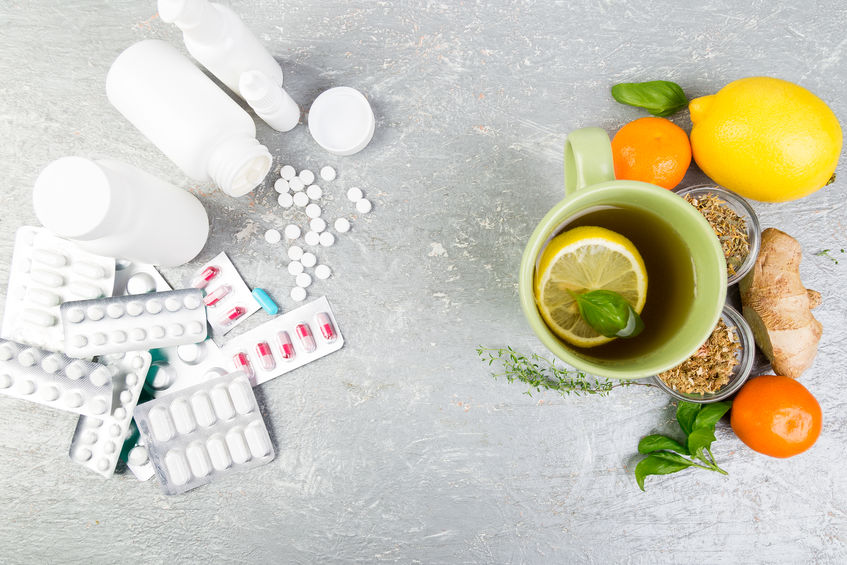
How To Manage Pitta Dosha The Right Way? Tips and Home Remedies
Pitta is one of the three Doshas or primary functional energies in the body. Pitta is associated with fire and water, two of the key elements of nature. The three Doshas when at optimum levels help to ensure good health. If any of the Doshas are vitiated, it leads to an imbalance leading to poor health. The Pitta Dosha can become imbalanced leading to excess Pitta in the body. This causes many troublesome symptoms and health disorders. In such a situation, you need to cleanse the body of excess Pitta. The article looks at how to remove Pitta from the body by using home remedies for Pitta and other measures.
What is Pitta Dosha?
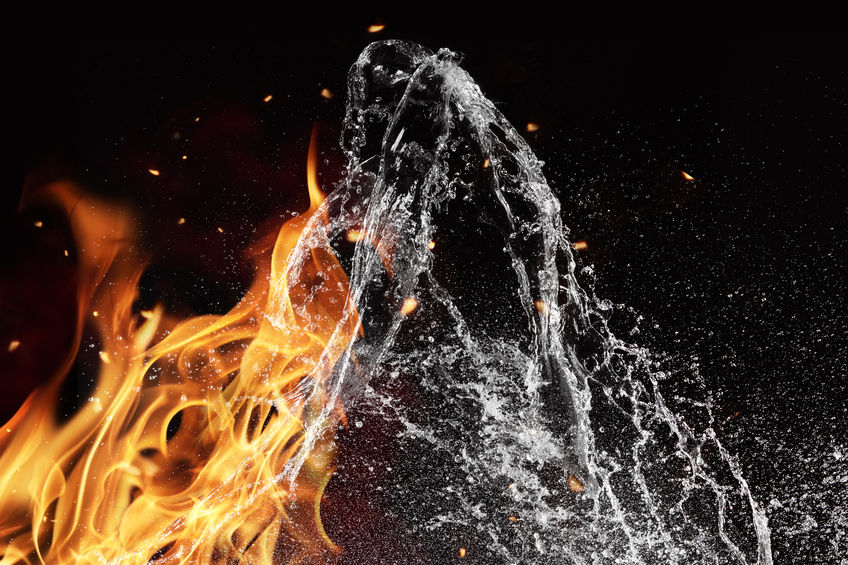
The word Pitta is derived from the Sanskrit word ‘tapa’ that means heat. Pitta is bodily energy that is fluid since it combines elements of fire and water. This Dosha governs digestion, metabolism, and transformation in the body. Pitta Dosha is the hottest Dosha since it is associated with fire. The effect of Pitta on the body is to increase heat. This leads to inflammation, anger, heat buildup in the body, and many other symptoms.
Signs of Excess Pitta
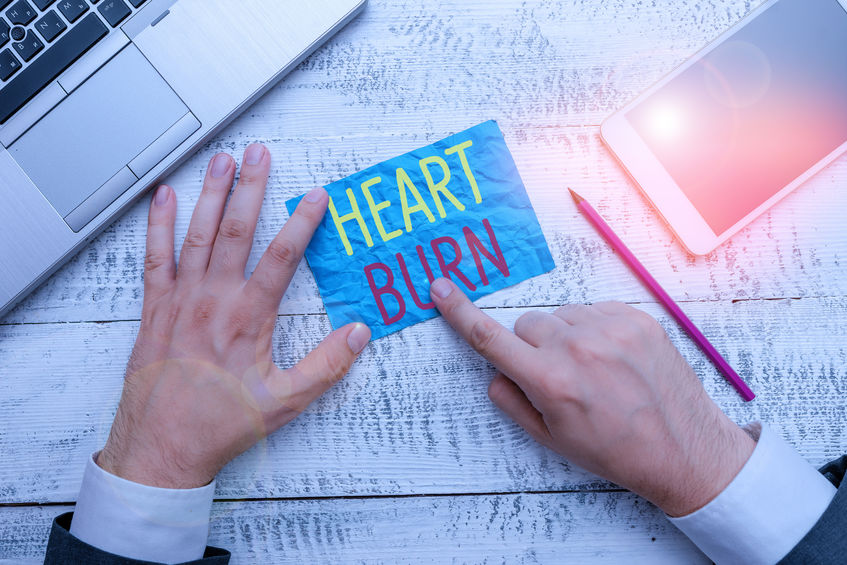
When Pitta Dosha is vitiated, it leads to excess Pitta in the body. This gives rise to Pitham symptoms that can affect health. Some of the signs of excess Pitta in the body are:
Heat increases in the body and causes discomfort.
Inflammation in the body that can lead to joint pain.
Stomach heat increases leading to heartburn, acid reflux, and ulcers.
Diarrhea, constipation, or impaired digestion.
Mental heat increase causes anger, irritation, and frustration.
Increased sweating and body odour.
Increased hunger and thirst.
Headaches with burning pain in the head.
Sore throat with infection.
Giddiness and/or hot flushes.
Heaviness or tenderness in the testicles/breasts.
Becoming judgmental and looking to be a perfectionist.
Causes of Excess Pitta
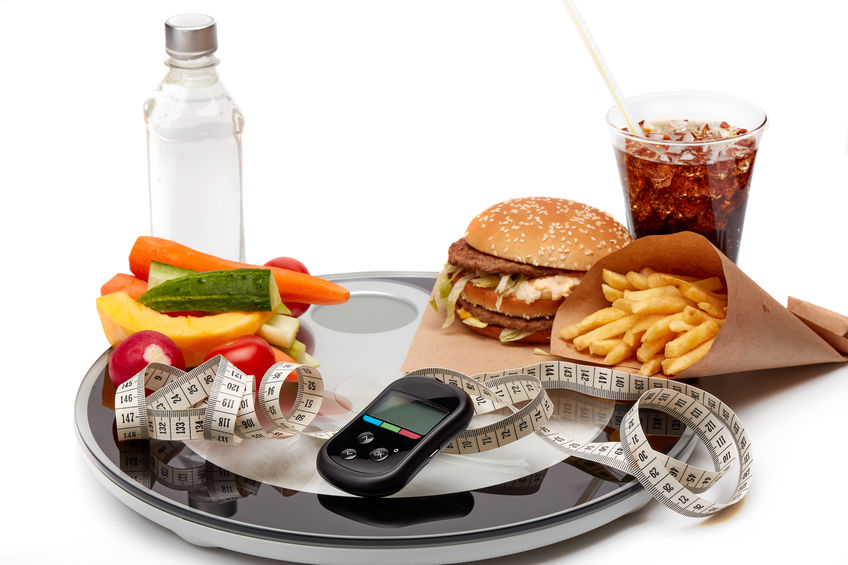
There are various reasons why Pitta can increase in the body. This includes:
An improper diet where food that increases Pitta (pungent, sour, salty, deep-fried, and processed food) is eaten.
Exposure to chemicals and other toxins.
Spending too much time in the sun/heat.
Stress and tension that causes excessive emotional flare-ups.
Straining oneself through overwork with a lack of proper rest.
Consuming too many stimulants like coffee, tea, alcohol, and nicotine.
Diet to Reduce Pitta
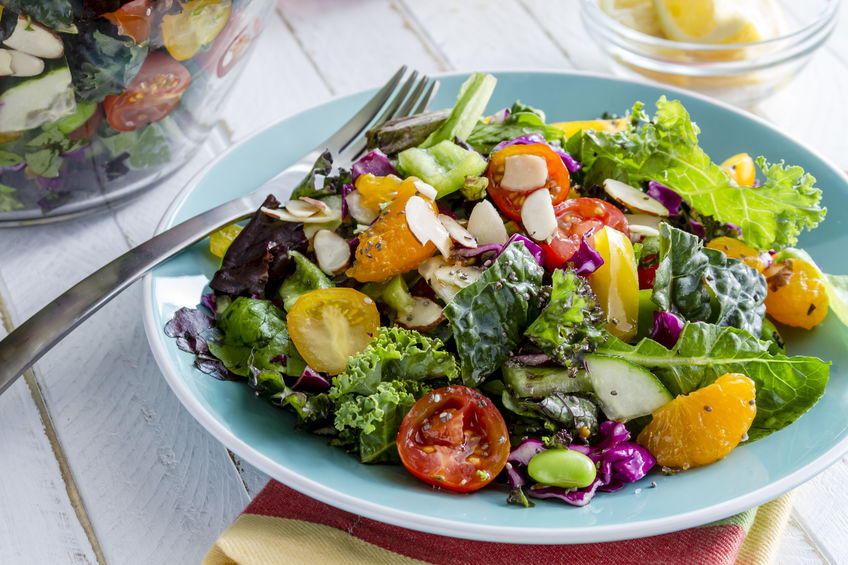
The answer to the question on how to reduce Pitta is to implement a range of measures including lifestyle modifications, herbal remedies, and dietary changes. Diet is the key answer to the question of how to control Pitta. Some of the dietary tips to help reduce Pitta are:
Include foods that can pacify Pitta. Food that is bitter, astringent, and sweet are opposites that help pacify Pitta.
Apples (sweet), ripe grapes, milk, ghee, melon, plum, asparagus, leafy greens, cabbage, papaya, cucumber, cauliflower, and bell pepper should be a part of the diet.
Grains like oats, quinoa, rice, wheat, and pasta can be included in the diet.
Legumes, including lentils, split peas, soybeans, black beans, and white beans can be consumed.
Almonds, pumpkin seeds, coconut, and sunflower seeds can be eaten.
Food to avoid includes honey, white sugar, sesame oil, beef, chicken, salmon, walnut, cashews, salted butter, urad dal, brown rice, corn, bananas, grapefruit, pineapple, tamarind, beets, eggplant, garlic, tomatoes, and turnips.
Avoid heavy foods and preferably take light food that is easy to digest and does not overburden the already heated up digestive system.
Eat fruits and vegetables an hour before the meal or after for the best effect.
Include spices like turmeric, coriander, cumin, and fennel while cooking.
Be hydrated and drink sufficient water.
Herbs to Reduce Pitta
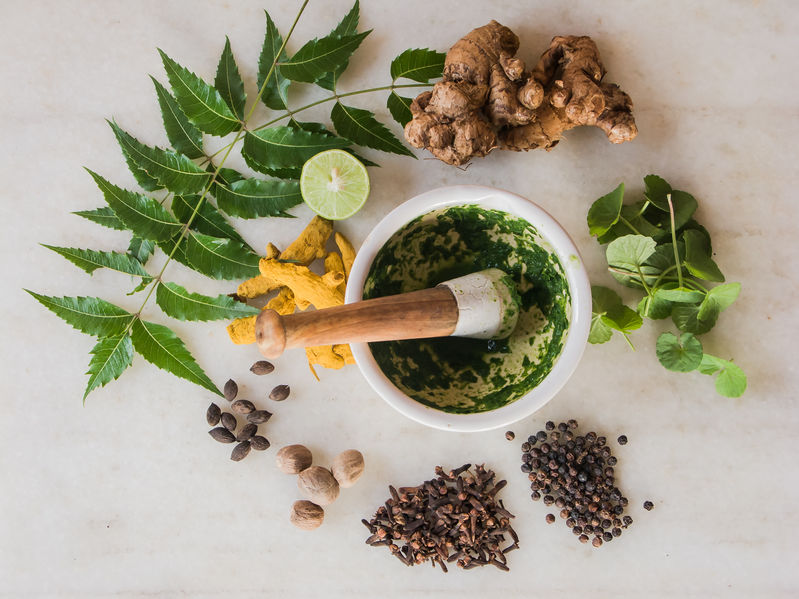
There are many home remedies for Pitham Dosha imbalance. They contain herbs that are beneficial in correcting Pitta imbalance. Herbal Pitta home remedies are the answer to the question of how to reduce Pitta immediately.
Amla or Amalaki is one of the best Pitta home remedies. It helps to cleanse Pitta from the digestive system. Amla can be eaten as a fruit or Amalaki Capsules can be consumed as a medicine to reduce Pitta.
Neem is a potent herb that helps to control Pitta. Neem is bitter and is one of the best herbs to manage Pitta vitiation. Neem can be taken in the form of tablets or as a herb.
Triphala capsules are made from three fruits and are helpful in pacifying Pitta Dosha.
Ghee prepared from cow’s milk is an excellent home remedy to reduce Pitta and body heat.
Kalyanaka Ghritham is a medicated ghee that has herbs like Pomegranate, Triphala, and Indian madder that helps reduce Pitta.
Jeera or cumin seeds can be put in lukewarm water. This can be taken after lunch to reduce Pitta.
Cardamom or Elaichi is a common spice that is effective in reducing Pitta.
Yoga Poses to Reduce Pitta
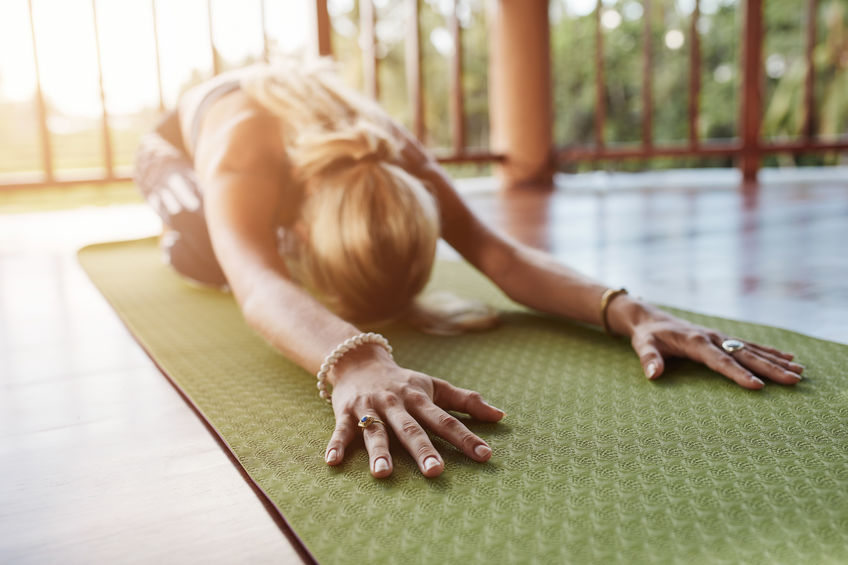
Yoga and exercise increase body heat. It is important to do Pitta pacifying Yoga that doesn’t heat up the body. It is advised to do Yoga early morning or in the evenings when the weather is cool. Some of the helpful Yogasanas or postures that can help in reducing Pitta.
Child pose or Balasana. Sit on your knees, bring your hand to the sides and bend your head to touch the floor with your forehead.
Marjaryasana involves taking the hand and knee position. Place the hands on the floor and inhale while arching your spine to create a cat pose. Follow this by relaxing the spine and lifting the head.
Cobra or Bhujangasana involves lying on your stomach with hands under the shoulder and head lifted up. Lift the head and shoulders and inhale. Exhale and lower down.
Spinal twist or Jathara Parivartanasana – Lie on your back, bend the knees and lift the feet so the calf is parallel to the floor. Extend both arms out and inhale. While exhaling twist the knees to the left. Repeat it to the right.
Along with Yoga, Pranayama or breathing exercises can be done. Sheetali Pranayama that involves inhaling from the mouth and exhaling from the nose can be helpful.
FAQ's
1. How can I reduce my aggravated Pitta fast?
Pitta represents Heat, Fire, and Energy. It is responsible for the body’s metabolism (digestion). It is a combination of energy and liquid. Pitta plays an important role in the maintenance of body heat and temperature. Appetite and thirst are controlled by Pitta. Vitiated Pitta can cause many disorders related to skin, appetite, and mind.
Pitta Dosha enhancing food is pungent, sour, salty, deep-fried, and processed. The diet that is recommended for the quick reduction of the aggravated Pitta Dosha is bitter, astringent, and sweet. Light and easy-to-digest meals are preferable. Maintaining an adequate intake of water throughout the day is helping for maintaining the optimum level of the three Dosha.
Natural herbs and spices such as turmeric, coriander, cumin, and fennel in the preparation of food are recommended. Some of the home remedies that are the helpful answers to a question you might be having - “how to reduce Pitta immediately?” are neem Mahatiktaka Gritham, Dhanwantara Gullika, Avipati Choornam, cardamom, and cumin.
2. What foods should be avoided for aggravated Pitta?
A person with an aggravated Pitta Dosha should avoid foods that are pungent, sour, salty, deep-fried, and processed. Some examples are honey, white sugar, walnut, cashews, salted butter, urad dal, brown rice, corn, sesame oil, beef, chicken, salmon, bananas, grapefruit, pineapple, eggplant, garlic, tomatoes, tamarind, beets, and turnips. Heavy food should be minimized in favor of light and easy-to-digest meals.
3. What should I drink to maintain an optimum level of Pitta?
Drinking adequate amounts of water throughout the day is an ideal way to maintain digestive health and a good Dosha balance. Jeera water after meals is also recommended. Coconut water and fresh fruit juices are good for a Pitta aggravated person.
4. What is the best medicine for aggravated Pitta?
The best supplement for aggravated Pitta is Mahatiktaka Gritham. It is used as a preparatory procedure medicine for Panchakarma. It is a healing supplement for leucoderma, herpes, hyperacidity, jaundice. It is very useful for skin diseases like eczema, leprosy, syphilis, etc., and helps in reducing boils, inflammation, pain, pus on the skin.
Kalyanaka Ghritam (also helpful for aggravated Pitta) is herbal ghee formulated with pomegranate, Triphala, and Indian madder that helps reduce aggravated Pitta. Triphala is also an Ayurvedic remedy of three fruits that support optimal digestion. The fruits are Haritaki (Terminalia chebula), Bibhitaki (Terminalia belerica) and Amalaki (Phyllanthus emblica) that can be eaten fresh in the fruit form or as capsules. Neem is also an excellent natural home remedy for aggravated Pitta. But if the taste is too bitter, it can be taken in capsule form.
5. How can I overcome aggravated Pitta?
If you are looking for answers on how to reduce Pitta immediately, the best way to help maintain a healthy level of Pitta is through the following ways:
- Have a Pitta pacifying diet with an emphasis on bitter, astringent, and sweet tastes
- Have plenty of milk, ghee, leafy greens, apples (sweet), ripe grapes, papaya, melon, plum, asparagus, cabbage, cucumber, cauliflower, and bell peppers.
- Legumes and grains can be eaten. Almonds, pumpkin seeds, coconut, and sunflower seeds can also be added to the diet.
- Try to avoid excessive exposure to the sun and harsh chemicals
- Reduce stress or learn stress management techniques
- Take Ayurvedic medicines that support optimal digestion
- Perform Yoga Asanas that are good for the management of excess Pitta in the body
- Eat and sleep on a regular schedule to maintain optimum Dosha in your body and maintain good health
Comments